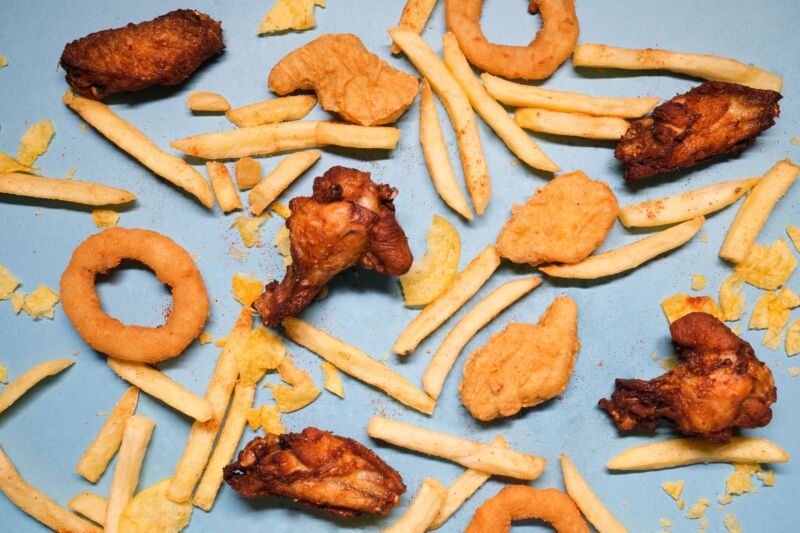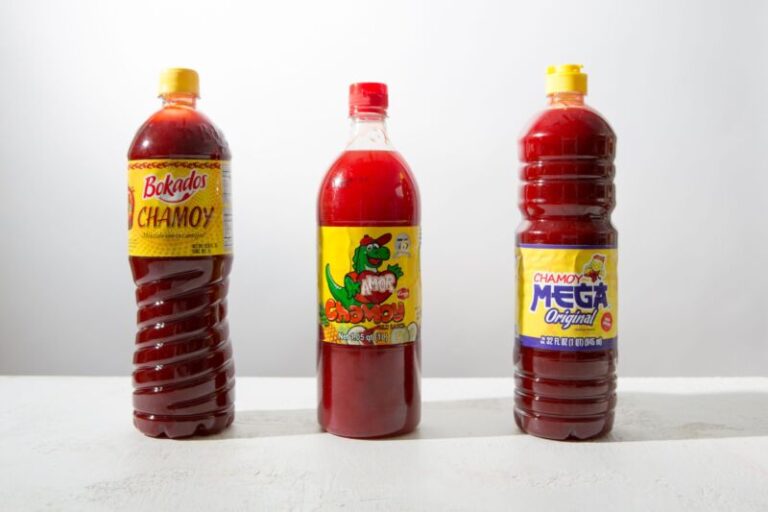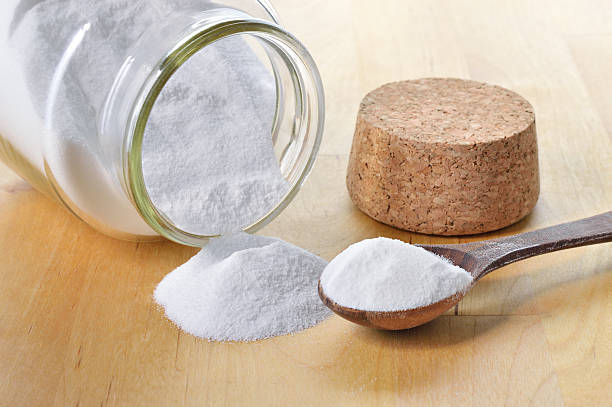How Long Can Fried Chicken Sit Out?
Imagine sinking your teeth into piping-hot, crispy fried chicken—the kind that tantalizes your taste buds and leaves you craving for more. Whether you’re cooking it yourself or getting it from your favorite local takeout spot, one question often comes to mind: How long can fried chicken sit out?
In this article, we’ll dive into the details and provide you with essential guidelines to ensure the safety and deliciousness of your fried chicken.
How Long Can Fried Chicken Sit Out?
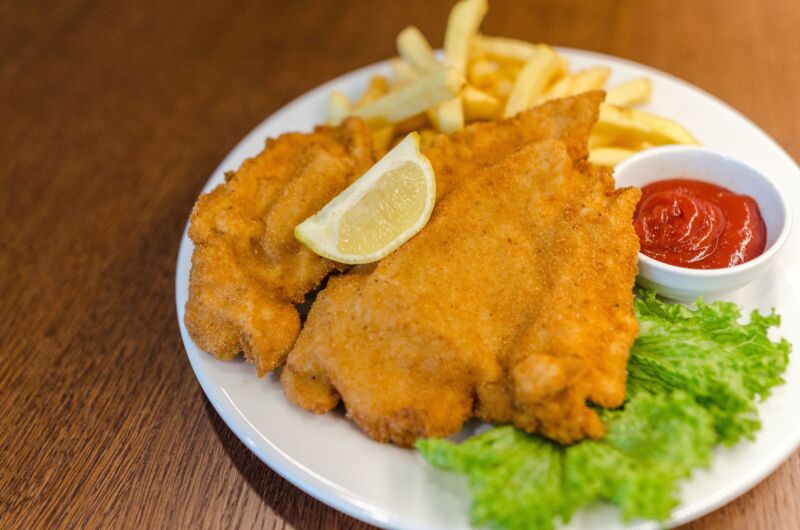
The indoor temperature plays a crucial role in determining how long fried chicken can safely remain at room temperature. Generally, at temperatures up to 85°F, you can leave the fried chicken out for a maximum of 2 hours without compromising its quality.
However, if the temperature exceeds 85°F, it’s best to either consume the chicken immediately or refrigerate it within 1 hour to prevent bacterial growth.
Understanding the Risks of Leaving Fried Chicken Out for Too Long
Chicken has a higher level of water than other meat, making it more prone to bacterial contamination. Moist foods provide an ideal breeding ground for microorganisms such as Salmonella, E. coli, and Campylobacter.
These bacteria multiply rapidly in protein-based, moist environments, making your delicious fried chicken the perfect habitat for them. To ensure food safety, it’s crucial to minimize the time fried chicken spends at room temperature.
How Long Can Fried Chicken Last in the Fridge?

If you store fried chicken in the refrigerator, you can count on it being safe to eat and retain its freshness for around 3-4 days. To maintain its quality, store your fried chicken on the top shelf of the fridge, away from raw meat or chicken. Raw meat and chicken carry bacteria that, although killed during cooking, can still contaminate your fried chicken if they come into contact with it.
Properly Storing Fried Chicken

To maximize the shelf life of your fried chicken, it’s recommended to store it in a sealed, airtight container or sealed ziplock bags. However, ensure that the chicken has slightly cooled before sealing the bags or containers, allowing any steam to escape.
It’s also a good practice to release as much air as possible from the bags before sealing them. Consider dividing the chicken into smaller portions for faster cooling, and place cling wrap between the pieces to prevent the coating from sticking together, preserving its delightful crispiness.
Can You Freeze Fried Chicken?
The good news is that fried chicken freezes exceptionally well, providing convenience and saving time in meal planning. If you often find yourself craving fried chicken, consider cooking a large batch and freezing the extra pieces. This allows you to have a scrumptious meal readily available on those busy days when cooking from scratch isn’t feasible.
Thawing Fried Chicken Safely
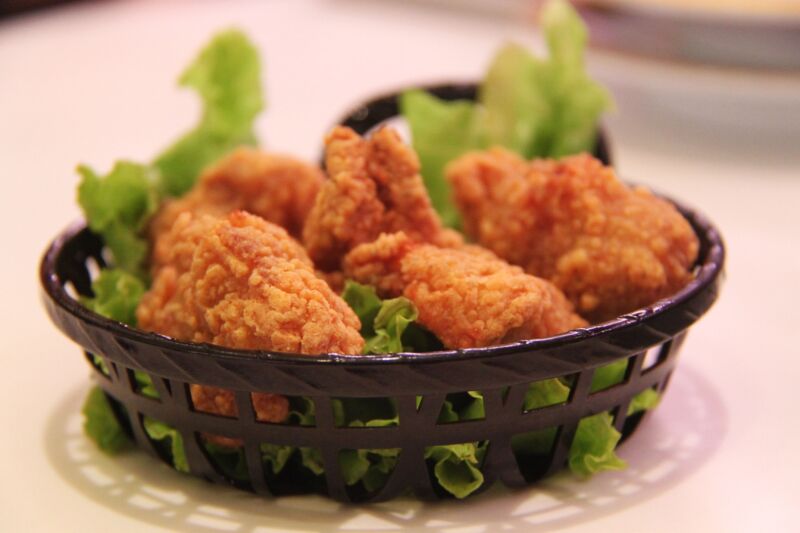
When thawing frozen fried chicken, avoid leaving it out at room temperature overnight, as this encourages bacterial growth. Instead, opt for the recommended method of defrosting in the refrigerator overnight.
This gradual thawing process ensures a safe transition in temperature, maintaining the quality and taste of the chicken. However, if you find yourself in urgent need of thawed chicken, you can use the microwave’s defrost setting.
Keep in mind that using the microwave may result in some loss of flavor and crispiness.
Reheating Defrosted Fried Chicken
Once your fried chicken has completely thawed, either overnight in the fridge or through the microwave, it’s time to reheat it to regain its mouthwatering appeal. Begin by preheating the oven to 350°F, then place the chicken inside for 15-20 minutes.
The cooking time should be adjusted depending on the size of the pieces. Larger pieces may require a bit more time to heat through properly. By following this method, you can enjoy crispy, reheated fried chicken that tastes just as delicious as freshly cooked.
Identifying Spoiled Fried Chicken

If you suspect that your fried chicken may have gone bad, it’s important not to risk consuming it. Luckily, you can determine if it has spoiled without having to taste it. Here are a few indicators to look out for:
- Smell: Fresh chicken has a distinct aroma, while spoiled chicken emits a sour and unpleasant odor.
- Color: Fresh cooked chicken appears white or light tan, depending on the cut. On the other hand, spoiled chicken may start turning a grayish green, and severe spoilage can even lead to mold growth.
- Touch: Fresh chicken feels dry to the touch, while spoiled chicken tends to feel slimy.
Risks of Consuming Spoiled Fried Chicken
Consuming food that has gone bad can result in severe illness. If you consume fried chicken that has just begun to spoil, you might experience mild food poisoning, which can cause slight stomach cramps and vomiting.
Leaving chicken out for a prolonged period can be dangerous as it increases the chances of rapid bacterial growth. This can cause severe health issues that may even require hospitalization.
Actions to Take if Food Poisoning Occurs
If you accidentally eat fried chicken that has gone bad and start experiencing symptoms within a couple of hours, it’s essential to take appropriate measures. If your condition is not severe, ensure you drink plenty of water and get some rest for a few hours.
However, if vomiting and diarrhea persist and worsen, it’s crucial to seek medical attention promptly. Severe dehydration resulting from excessive vomiting and diarrhea can be dangerous, and medical treatment, including medication and intravenous fluids, may be necessary.
Conclusion
Fried chicken is a beloved dish that brings joy to many, but it’s vital to understand proper storage and handling practices to ensure its safety and deliciousness. By adhering to the guidelines outlined in this article, you can confidently enjoy fried chicken without worries.
Remember, when it comes to food safety, freshness matters, and taking the necessary precautions will help you savor every crispy bite of your favorite fried chicken.
